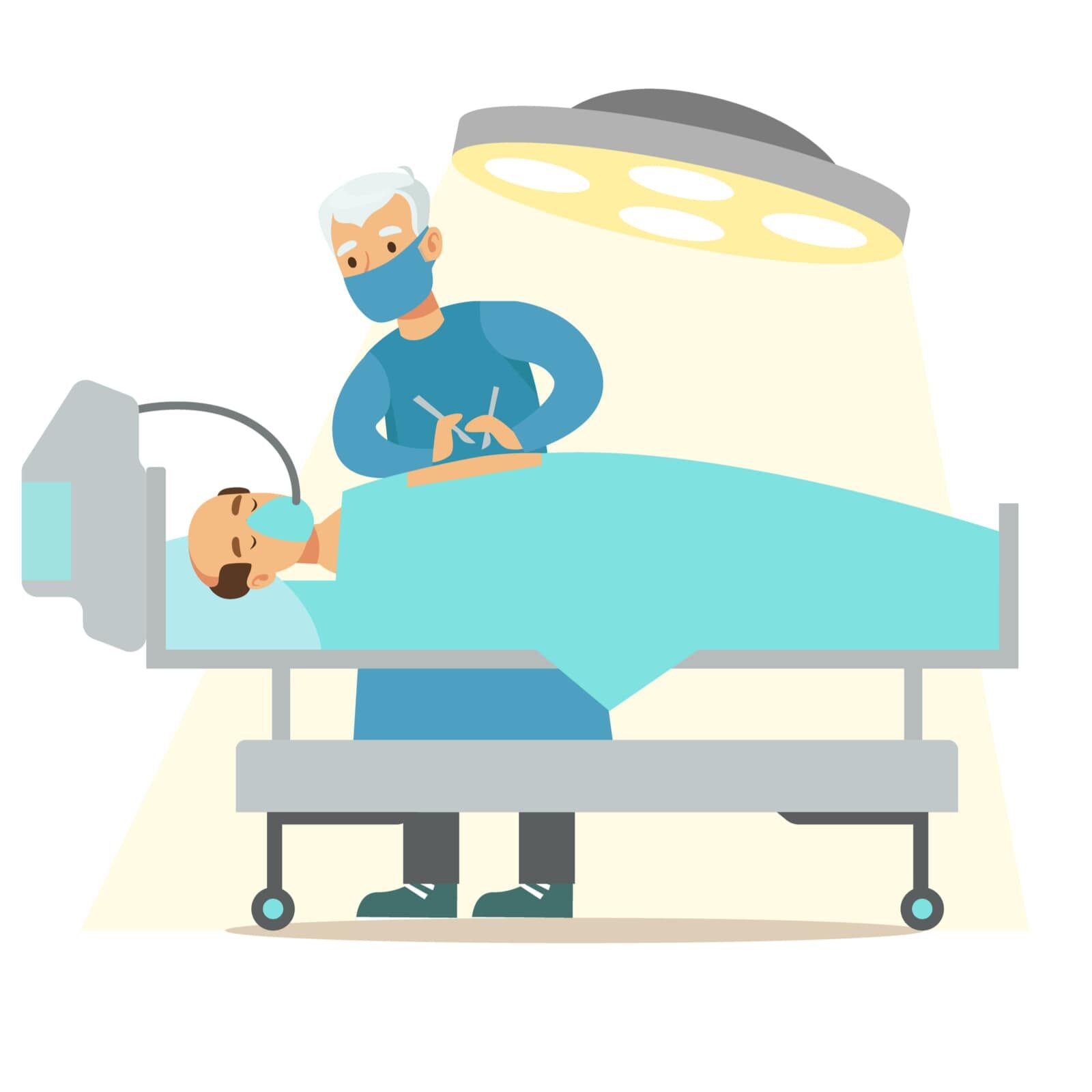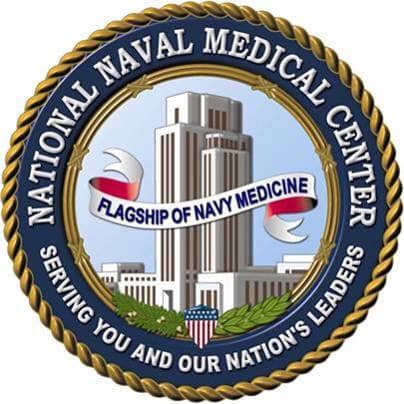It’s helpful to know what to expect before you undergo any surgical procedure. Because the Mohs surgery procedure for skin cancer removal is somewhat complex, it can be reassuring to become familiar with the treatment process ahead of time. Here, you can learn what to expect before, during, and after your procedure.
Before Your Surgery
Consultation with our Mohs surgeons prior to the date of surgery can clarify the specifics of your unique cancer, including the anticipated scope of surgery and potential wound management options. Some surgeries are coordinated with other skilled physicians, such as reconstructive eye surgeons. Patients familiar with the procedure can consult on the day of surgery.
We recommend:
Eat a good breakfast and take all routine medications. Fasting is not required.
Clear a full day for your procedure and make no other commitments, because it is difficult to predict how long it may take. Neighbor island patients visiting Oahu for surgery should schedule the last flight home.
Stop smoking as it can cause failure of reconstructions and increased complications
Do continue all blood thinners unless otherwise instructed. Stopping them could result in serious events like stroke. Bleeding complications in Mohs are rare, correctable, and have identical incidence among patients on or off blood thinners.
Bring reading material or plan to access our complimentary WiFi. A warm jacket or sweater and snacks are recommended.


During Your Surgery
The Mohs surgery procedure is a simple concept: remove the cancer, microscopically check to be sure there is no more cancer, then appropriately manage the wound. Our surgeons are fellowship trained members of the American College of Mohs Surgery who have experienced the complex nuances of this process for thousands of cases, treating a large variety of skin cancers. This page describes the steps they follow for each Mohs surgical procedure.
The roots of a skin cancer may extend beyond the visible portion of the tumor. If these roots are not removed, the cancer will recur. Surgery begins with the Mohs surgeon examining the visible lesion and planning what tissue to remove. The patient receives local anesthesia before the procedure starts.
The surgeon removes all visible tumor using careful surgical techniques and guided by experienced clinical judgment.
He has been in private practice since 2002, and is an Associate Professor at the University of Hawaii, John A. Burns School of Medicine. Dr. Boyer is an active member and former president of the Hawaii Dermatological Society, and has been named one of Honolulu Magazine’s Best Doctors. He has performed over twenty thousand Mohs procedures.
Dr. Boyer’s U.S. Naval service has included aeromedical training and basic flight training in Pensacola, FL, where he graduated as a U.S. Naval Flight Surgeon. He is a veteran of Operation Desert Shield and Operation Desert Storm, and served in Masirah, Oman, Diego Garcia, and Misawa, Japan.
The Mohs surgeon next removes a deeper layer of skin, keeping precise orientation by making reference marks on the skin. The surgeon makes a map of the tumor specimen and color-codes the surgical specimen. Specially trained technicians immediately process the tissue, producing tissue slides for inspection by the Mohs surgeon.
In a laboratory, the surgeon uses a microscope to examine the undersurface and edges of each section of tissue in search of evidence of remaining cancer. 100% of the specimen edges are inspected (routine non-Mohs methods of tissue analysis involve inspection of less than 1/1000th of specimen edges).
If the surgeon finds cancer cells under the microscope, their location is marked on the map. Another excision is then performed precisely targeting where the cancer cells are mapped. Healthy skin and tissue are spared further surgery. Identical processing and comprehensive analysis is performed.
The removal process stops when there is no longer any evidence of cancer in the surgical site. Because Mohs surgery removes only tissue containing cancer, it ensures that the maximum amount of healthy tissue is kept intact.
At this point, the surgeon discusses reconstruction options, should they be required, and post-operative care and expectations. Mohs surgery recovery tends to be easily manageable because of the use of local anesthesia and the careful surgical techniques.
After Your Surgery
When your surgery is complete, your Mohs surgeon assesses the wound and discusses your options for optimal functional and cosmetic outcome. Because Mohs surgery spares the maximal amount of healthy tissue, management of the wound can often be simplified and lower risk. Choices could include natural healing without stitches, simple side-to-side stitched closures, or skin flaps and grafts. Every wound is specially managed to maximize aesthetic, functional outcome in accordance with individual patient preference. If reconstruction is necessary, repairs are usually performed the same day as the tumor removal. Wounds requiring a skin graft may be repaired later to maximize graft outcome.
While treatment of your skin cancer is of primary concern, reconstruction of the treated area is also important. After your Mohs surgeon is confident that all of the cancer has been removed, together you will determine how the wound will be repaired. In addition to removing skin cancer, fellowship trained Mohs College surgeons have specialized reconstructive surgery training for repairing the wound.
While your surgeon might be able to give you an idea of whether your reconstruction should take place immediately after surgery or be delayed until later, it’s impossible to know the extent of the cancer in advance.
After determining that the affected area is cancer free and reconstruction is necessary, your Mohs surgeon will review reconstructive surgery options with you. Depending on the size of the tumor-free skin defect, one of the following options will be selected:
- Small, simple wounds may be allowed to heal by themselves (known as secondary-intention healing)
- Slightly larger wounds may be closed with stitches in a side-to-side fashion
- Larger or more complicated wounds may require a skin graft from another area of the body or a flap, which closes the defect with skin adjacent to the wound
- On some occasions, the patient may be referred to another reconstructive surgical specialist


Post-Operative Management
Patients return for post-surgical check-ups after Mohs surgery to monitor recovery. Neighbor island patients make arrangements with their referring providers for follow-up. Final maturation and natural remodeling of wounds may take over a year to be complete. The chance of growing a new cancer at another site is high. Two out of five patients with skin cancer will develop another skin cancer within 5 years. Follow-up with your medical provider is extremely important for early detection of any new lesions. Sun precautions and performing monthly self-skin examinations are essential for prevention and early detection.



